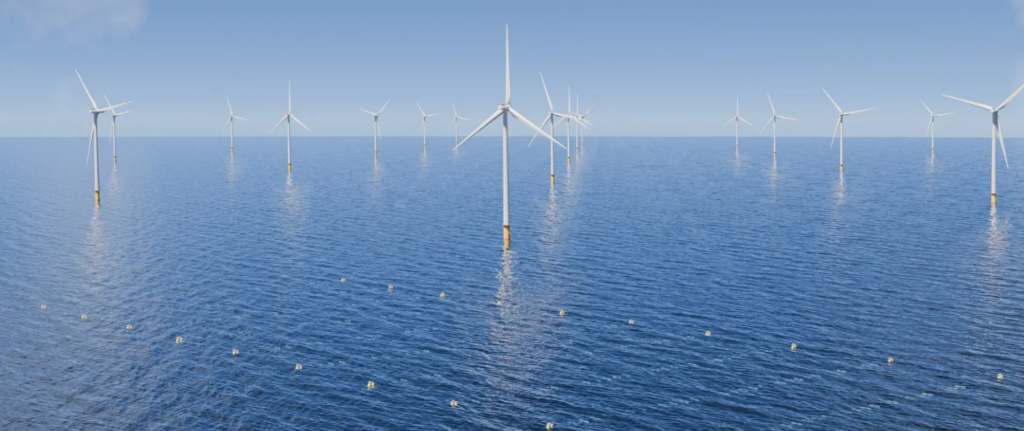
The collaboration will analyze the benefits of combining offshore wind and wave energy to optimize energy yield from the natural resources in Danish waters.
According to Wavepiston, co-locating offshore wind and wave energy offers multiple benefits, including increased energy production by utilizing both resources for higher output from the same area. Enhanced grid stability is also one of the benefits since it offers stability by providing a more stable and reliable electricity supply, reducing intermittency issues.
Cost efficiency is achieved through shared infrastructure like transmission lines, offshore operations, and surveillance, lowering operational costs, said the company. Additionally, co-locating renewable energy technologies minimizes the environmental footprint compared to separate installations.
“We are excited about the opportunities this collaboration presents and the positive impact it can have on the environment and energy market of the future,” said Emiel Schut, CCO of Wavepiston.
In light of this, it is worth mentioning that a demo project that integrates floating wind, wave energy, and hydrogen production is being developed in Spain. Namely, Danish renewable energy developer Floating Power Plant selected a Siemens Gamesa wind turbine to be deployed at its demo project off the coast of Gran Canaria that integrates floating wind, wave energy, and hydrogen production.
When it comes to Ørsted, the company has 6.7 GW of offshore wind under construction in 2024 across several projects worldwide, according to the firm.